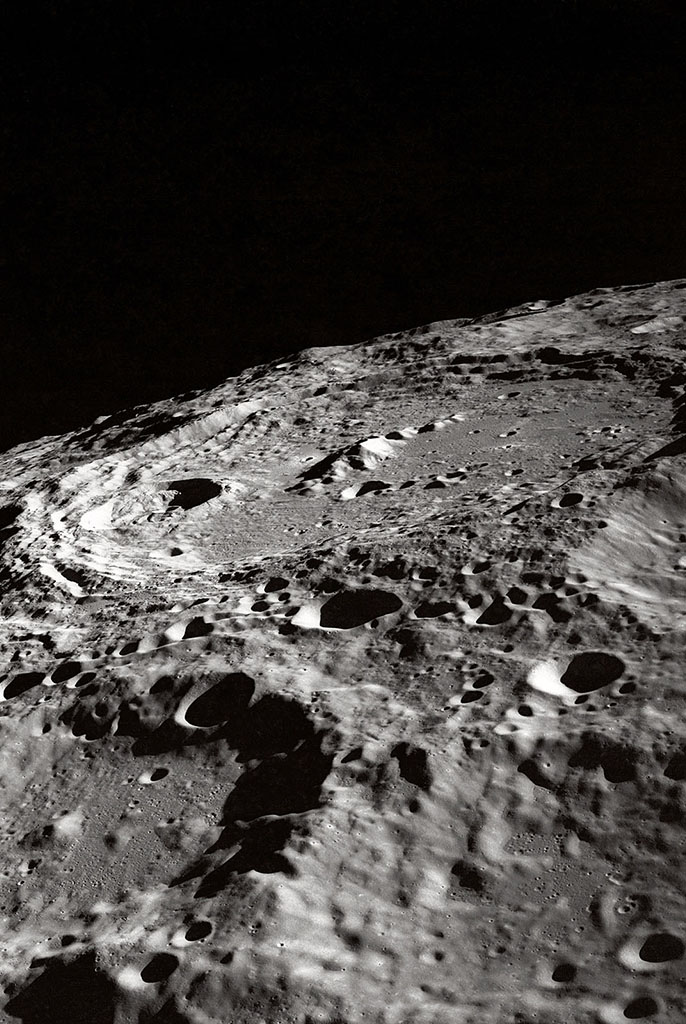In the recent flurry of executive orders from President Donald Trump, one warned of “a distorted narrative” about race “driven by ideology rather than truth.” It singled out a current exhibition at the Smithsonian American Art Museum titled “The Shape of Power: Stories of Race and American Sculpture” as an example. The exhibit displays over two centuries of sculptures that show how art has produced and reproduced racial attitudes and ideologies.
The executive order condemns the exhibition because it “promotes the view that race is not a biological reality but a social construct, stating ‘Race is a human invention.’”
The executive order apparently objects to sentiments such as this: “Although a person’s genetics influences their phenotypic characteristics, and self-identified race might be influenced by physical appearance, race itself is a social construct.” But those words are not from the Smithsonian; they are from the American Society of Human Genetics.
Scientists reject the idea that race is biologically real. The claim that race is a “biological reality” cuts against modern scientific knowledge.
I’m a historian who specializes in the scientific study of race. The executive order places “social construct” in opposition to “biological reality.” The history of both concepts reveals how modern science landed at the idea that race was invented by people, not nature.
Race exists, but what is it?
At the turn of the 20th century, scientists believed humans could be divided into distinct races based on physical features. According to this idea, a scientist could identify physical differences in groups of people, and if those differences were passed on to succeeding generations, the scientist had correctly identified a racial “type.”
The results of this “typological” method were chaotic. A frustrated Charles Darwin in 1871 listed 13 scientists who identified anywhere between two and 63 races, a confusion that persisted for the next six decades. There were almost as many racial classifications as racial classifiers because no two scientists could seem to agree on what physical characteristics were best to measure, or how to measure them.
One intractable problem with racial classifications was that the differences in human physical traits were tiny, so scientists struggled to use them to differentiate between groups. The pioneering African American scholar W.E.B. Du Bois noted in 1906, “It is impossible to draw a color line between black and other races … in all physical characteristics the Negro race cannot be set off by itself.”
But scientists tried. In an 1899 anthropological study, William Ripley classified people using head shape, hair type, pigmentation and stature. In 1926, Harvard anthropologist Earnest Hooton, the leading racial typologist in the world, listed 24 anatomical traits, such as “the presence or absence of a postglenoid tubercle and a pharyngeal fossa or…


